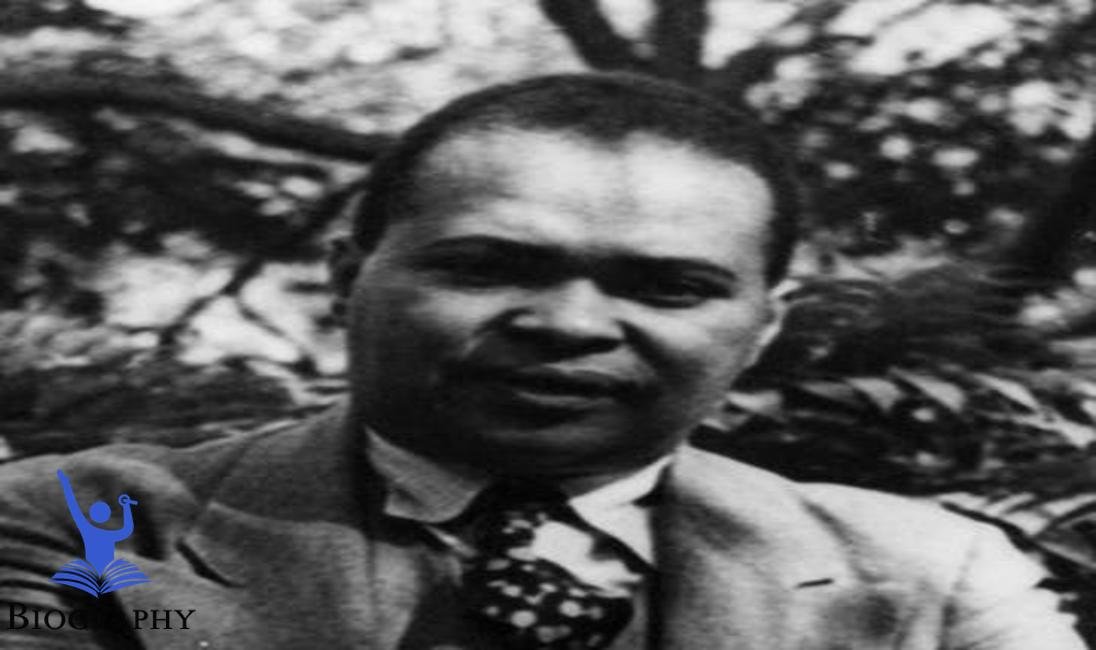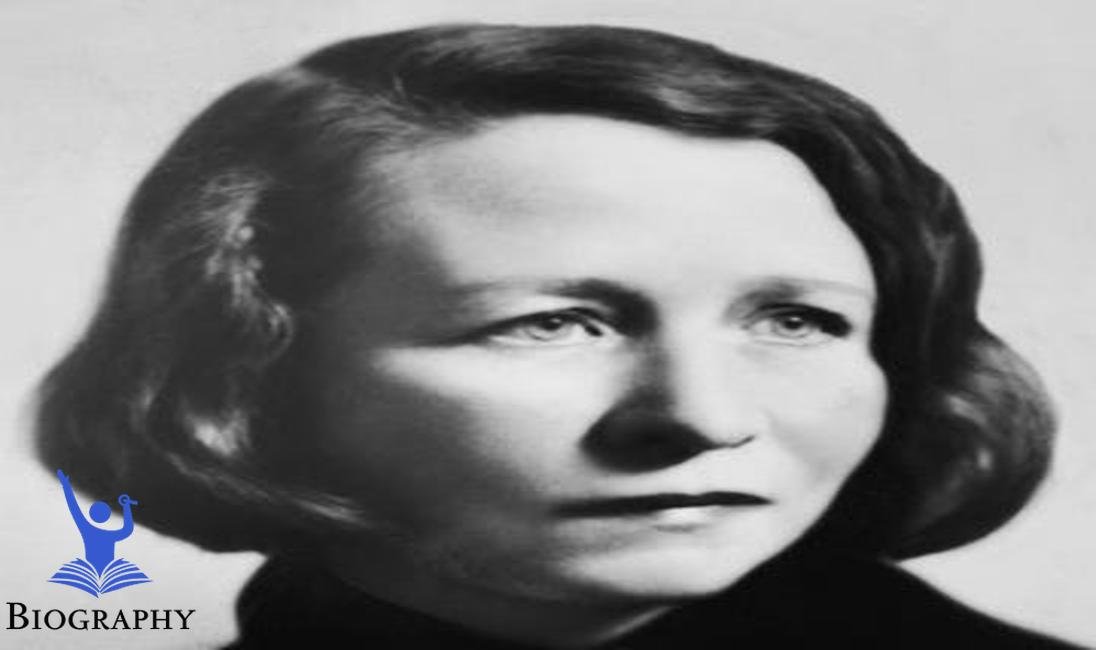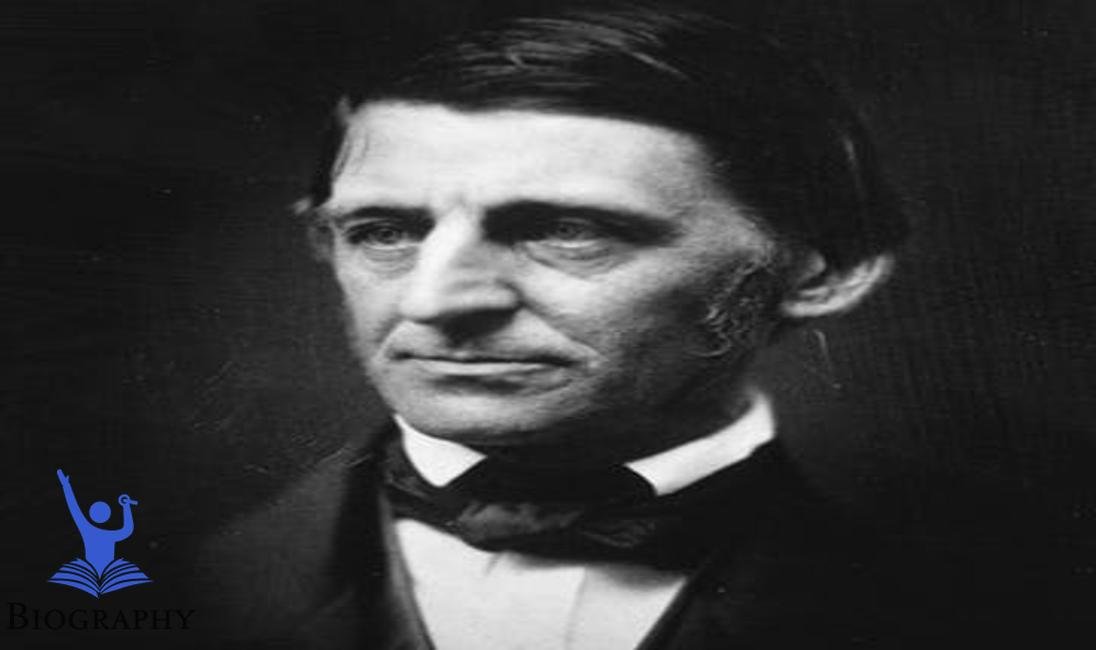Now Reading: Countee Cullen |Biography,Harlem Renaissance, Poetry,Novels & Wiki
-
01
Countee Cullen |Biography,Harlem Renaissance, Poetry,Novels & Wiki

Countee Cullen |Biography,Harlem Renaissance, Poetry,Novels & Wiki
Countee Cullen: A Biography
Quick Facts Table
| Attribute | Details |
|---|---|
| Age | 42 (at the time of death) |
| Weight | Unknown |
| Height | 5 ft 6 in (Approx.) |
| Original Name | Countee Cullen |
| Eye Color | Brown |
| Children’s Names | None |
| Birthdate | May 30, 1903 |
| Spouse | Nina W. Jones |
| Home | Harlem, New York |
| Hometown | New York City |
| Origin | United States |
| Exes | None publicly noted |
| Brand Ambassador Roles | None |
1. Early Life and Family
County Cullen was brought into the world on May 30, 1903, in New York City. Her early life was torn apart by tragedy and oppression. He was embraced by the Rev. Frederick Asbury Cullen and his better half, Carolina, who was raised in the supportive environment of Harlem. This childhood enabled him to be exposed to various social influences and conceptual issues. His supportive father was a revered cult, instilling in Cullen a strong sense of virtue and a love of writing.
From the beginning, Cullen showed a keen interest in verse writing. His childhood experience in an overwhelmingly African-American neighborhood in the mid-twentieth century provided him with a rich social environment that would later greatly influence his music Despite his racial hardship, Cullens the authorities supported his education and encouraged him to attend the city’s high schools His life as a young man laid the groundwork for his later works, where themes of character, race and place were explored more broadly
2. Early Career and Struggles
After high school, Cullen attended New York College (NYU) and earned a degree in English. During his school years he began composing and circulating verse, but like many struggling writers, he encountered a variety of perceived difficulties. His early sonnets met with stereotypes, and he fought to find his solace in a neck-and-neck world of scholarship.
Cullen distributed his memorable verse book, “Variety,” in 1925, which collected some ideas and yet made no early distinctions. The scholarly atmosphere was then dominated by policy writers who sought to make headway with the unconscious. Despite these battles, Cullen always included his own struggles and social lifestyle as inspiration for his compositions.
3. Rise to Stardom
County Cullen’s rise took place during the Harlem Renaissance, a 1920s social movement that saw African American craft, writing, and music His work captured the attention of many, as it addressed issues of racial attitudes and pride. In 1925 he distributed “Variety,” which included a portion of his most famous sonnets, namely, Yet Do I Wonder. This verse received special praise and placed him among the artistic directors.
Cullen’s welfare was not ignored; He quickly earned respect as one of the leading writers of the Harlem Renaissance. His ability to mix traditional and interesting buildings with current themes spoke to a wide range of people. In the late 1920s, Cullen continued to participate in scholarly circles and opportunities, cementing his place in American writing.
4. Success
Through his career, Cullen delivered a few masterpieces, including “The Number of the Earthly Colored Young Lady” in 1927 and “My Spirit’s High Tune” in 1929. His verse reflected his battles more as a stupid African-American guy Suffering from racism . Cullens’ work explores deep emotion, love, and the African-American experience, earning her awards in scholarly circles.
In 1928 he received the prestigious Hormone Transfer Grant for his commitment to writing. He became the first African American to receive this honor, and he demonstrated his influence in abstract history. A writer and friend of lecture and teaching, Cullen exercised his ability to empower young artisans.
5. Failure
Despite his success, Cullen faced a few mishaps in his daily life and career. A key test is an assessment of his work as “dark enough.” A few peers acknowledged that he did not entirely acknowledge the dark participation he indulged in in his classification because of his use of European orthodox fine structure This scrutiny weighed heavily on Cullen, and provoked him who was uncertain and wondered about his way of life.
Additionally, Cullen struggled with personal issues that affected his mental well-being. She met the tragic loss of her new parents and explored complex relationships throughout her life. These challenges in some cases overshadowed his accomplishments, but he continued to shape and push African American writing with Cullens energy.
6. Television Career
Known primarily for his verse, however, Cullen again dabbled in various news reports. For quite some time later in life, he appeared on radio and TV, where he explored his work and the importance of African American writing. These things cemented his status as a social figure, and through gestures he taught the subtleties of the dark personality of the general public.
7. Humanitarian Work
Throughout his life, County Cullen was dedicated to social causes and charitable efforts. He was actively involved in the advancement of social liberalism and supported actions that meant work on the lives of African Americans. Through his work and publicly, Cullen brought issues of racial inequality to light and championed social change.
Cullen’s energy to go to school turned into acts of kindness. She trained young writers and journalists, empowering them to embrace their social heritage and express their character through craft. His duty to uplift others is a reflection of his personality and humanity.
8. Personal Life and Controversies
County Cullen’s personal life was torn apart by a raucous and tumultuous minute. He married Nina W. Jones in 1928. However, there were many problems in their relationship. Cullens battles his character and cultural stereotypes over his life. They separated in 1935, which had a profound effect on him.
Cullen faced conversations about his personality, especially in the way he was approached at work. A few scholars argued that he was limiting the African-American population to any connection to the wars, causing tension in academic circles. Despite these controversies, Cullen remained committed to his mainstream and continued to support African American voices.
9. Legacy / Awards
County Cullen’s influence on writing has been profound and intense. His commitments to African American writing helped prepare people for future scholars and artists. Cullen is associated with a singular ability to blend pioneering themes with traditional and exotic buildings.
After his death on January 9, 1946, his works were displayed in schools and celebrated for their imaginative legitimacy. He received posthumous accolades and awards, for example being named to the Lobby of Acclaim of New York State Journalists. In general, Cullens legacy lives on through his verse that resonates with critics today.







































